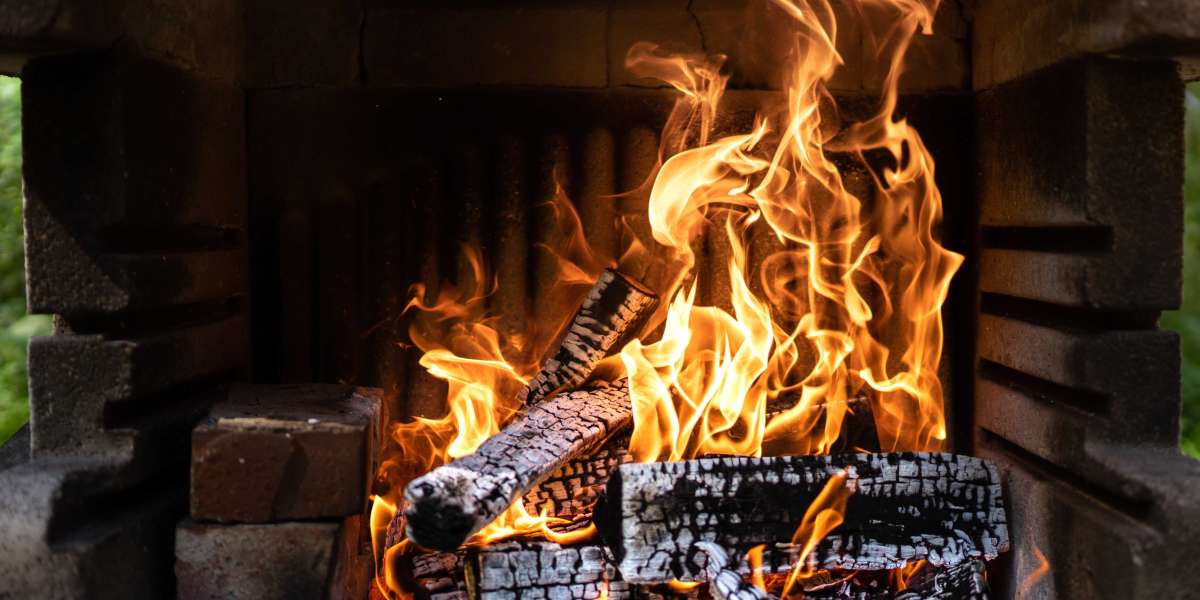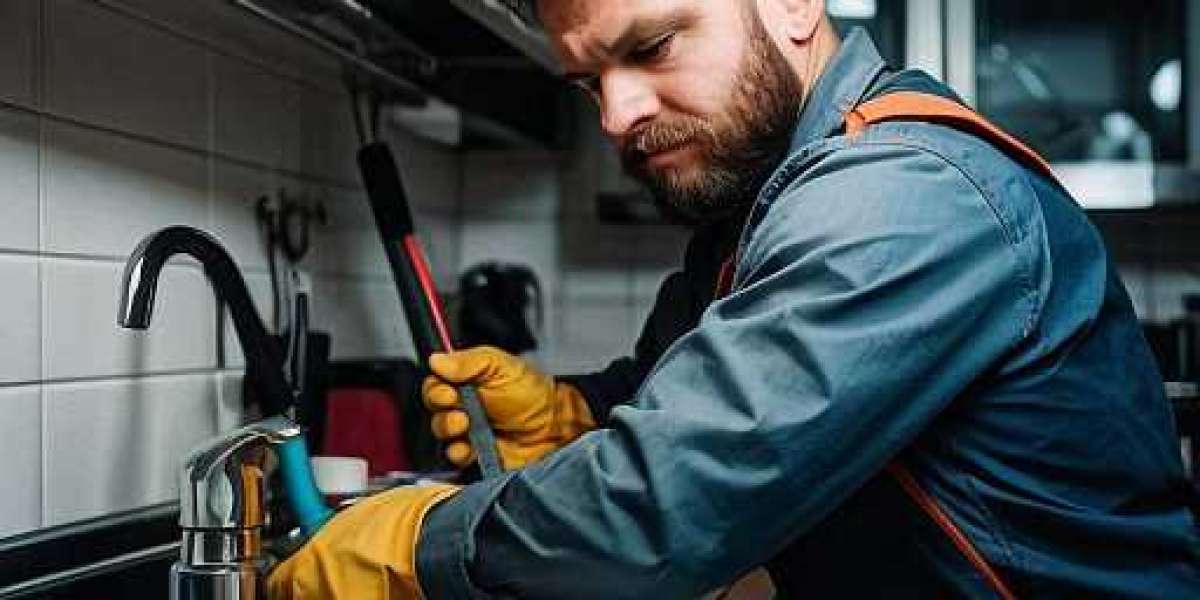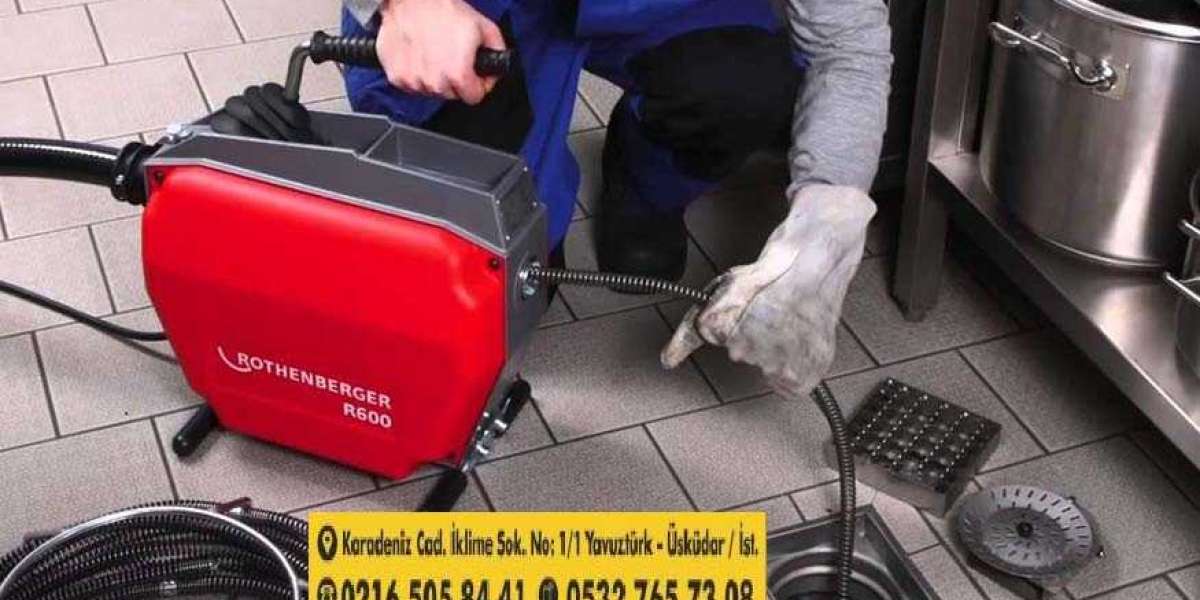The process of performing maintenance or remedial activities on an oil or gas well in order to enhance the well's performance, increase the well's lifespan, or restore production is known as "well intervention."
There are many different motivations for effective intervention, including the following:
Production upkeep or restoration Over the course of their lifetimes, oil and gas wells are susceptible to experiencing a drop in production as a result of a number of factors, including formation damage, scale buildup, or mechanical problems. The removal of obstructions, the repair of damaged equipment, and the improvement of wellbore connectivity are all examples of ways that well intervention can assist in restoring production levels.

Improving reservoir management by means of well intervention, such as through the installation of downhole pumps or the stimulation of the reservoir, can also help increase recovery and is one more way that well intervention can help increase recovery.
Well intervention can also be used to monitor and evaluate the performance of a well. This can be accomplished by installing downhole sensors or collecting fluid samples, for example. Other methods include logging the data from the sensors.
The designing, planning, and carrying out of well intervention procedures are the purview of an engineer who specializes in well intervention. This involves analyzing data obtained from the well in order to identify potential issues, developing solutions in order to address those issues, and supervising the implementation of those solutions. To ensure Well Intervention the well intervention is carried out in a manner that is safe, efficient, and effective, it is necessary for the engineers who work on well interventions to collaborate closely with other professionals, such as drilling engineers, production engineers, and geoscientists.
The specific type of well intervention being carried out and the well's individual requirements both have an impact on the equipment that is required for the well intervention. Nevertheless, the following are some examples of common types of equipment used in well intervention:
Coiled tubing units: Coiled tubing is a flexible pipe that can be used to deliver tools, chemicals, or fluids into the wellbore. Coiled tubing units are also known as coiled tubing strings. When carrying out various well intervention procedures, such as injecting fluids, performing cleanouts, and other procedures, coiled tubing units are utilized.
Wireline units: A wireline is a cabling system that can be used to lower tools and equipment into a wellbore. Wireline units are also known as "wireline."Interventions such as logging, perforating, and plug setting are some of the tasks that can be carried out by wireline units.
Snubbing is a process that involves inserting pipe into the wellbore while it is under pressure. Snubbing units: Snubbing is a process that involves inserting pipe into the wellbore. In order to carry out more involved well interventions, such as removing wellhead equipment, setting packers, and performing workovers, snubbing units are typically required.
Hydraulic workover units: In order to perform workover operations, such as switching out tubing or repairing downhole equipment, hydraulic workover units make use of hydraulic pressure.
When it comes to the valve that is utilized during the process of well intervention, there are many different kinds of valves that can be utilized depending on the operation that is being carried out. During wireline operations, for instance, a wireline valve is used to control the flow of fluids, whereas during coiled tubing or snubbing operations, a surface-controlled subsurface safety valve (SCSSV) is used to control the flow of fluids in the production tubing. Both of these valves are examples of flow control mechanisms. The particular requirements of the well as well as the kind of intervention that is being carried out will guide the selection of the valve.








